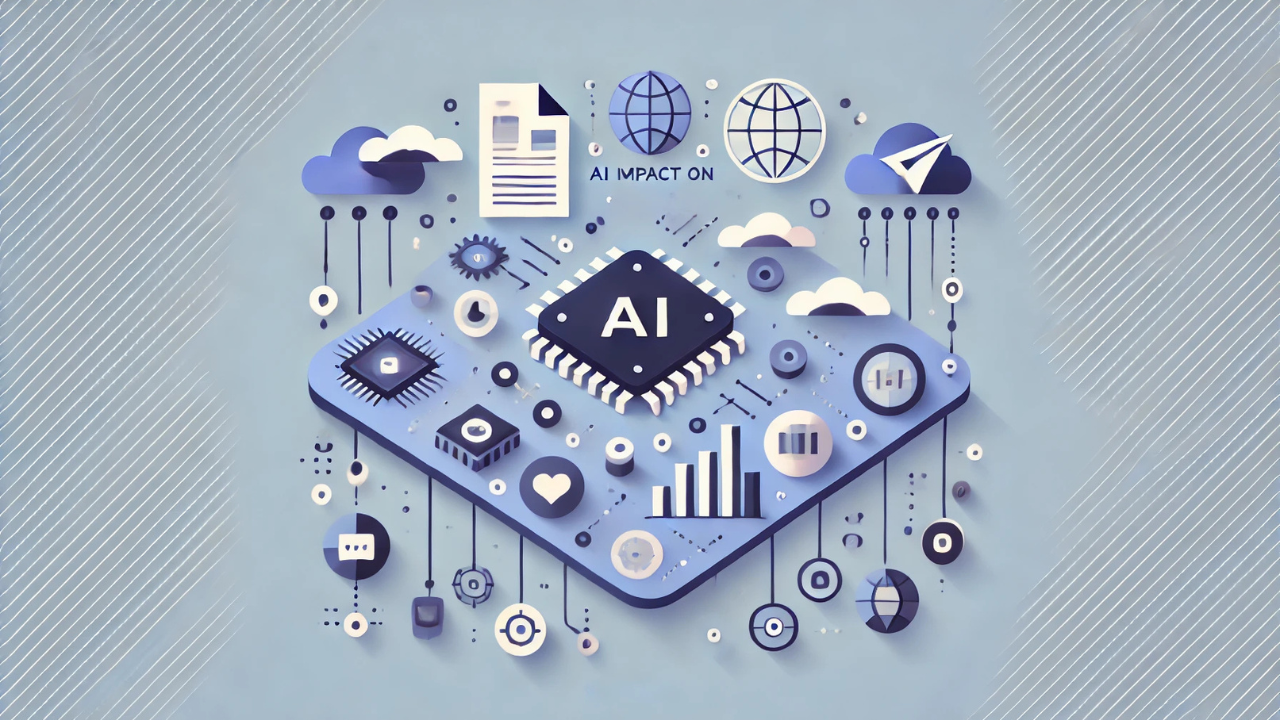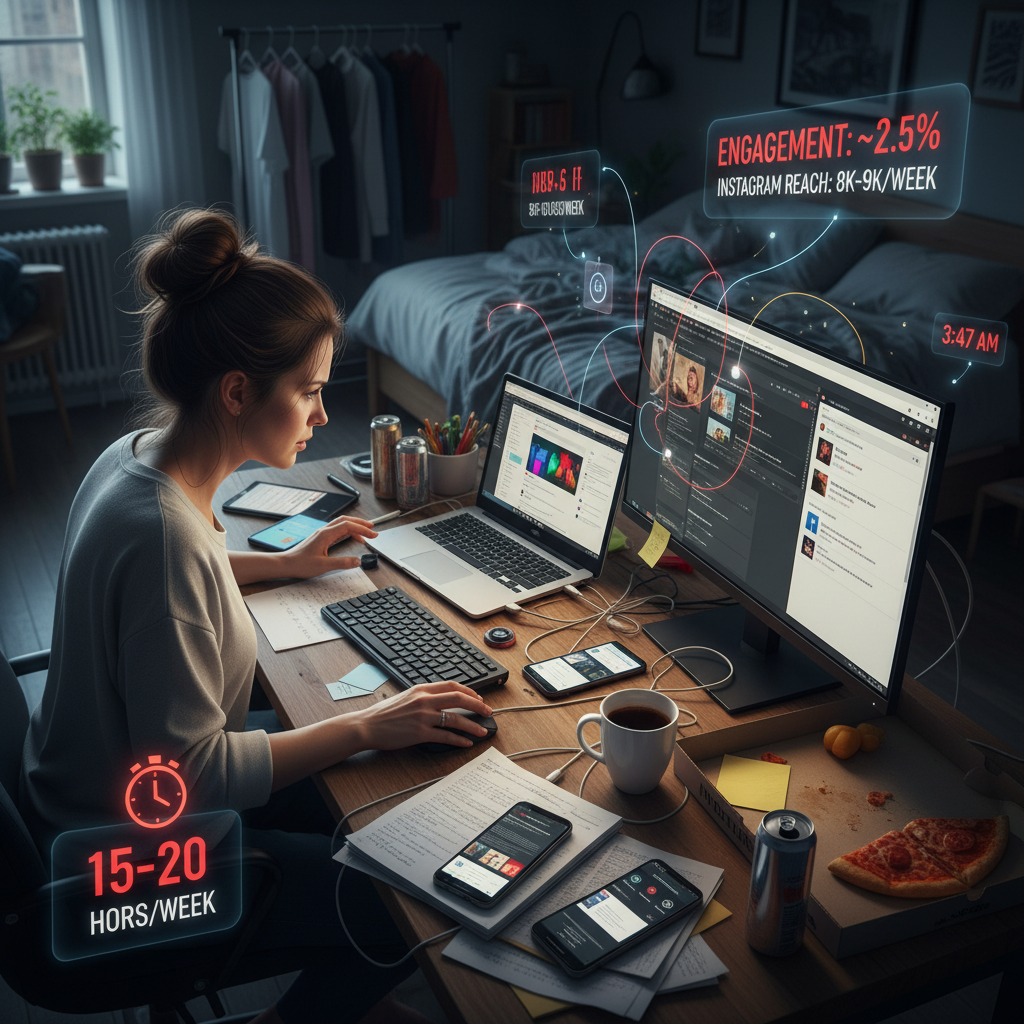When it comes to social media marketing, standing out among countless competitors is like walking a tightrope. Strategy-wise, marketers need to think beyond creating engaging content assets and posting at the right times. You need to stay ahead of trends and competitors with an adaptive strategy.
Artificial Intelligence has emerged as the fuel to propel social media marketing initiatives. Not surprisingly, a growing number of brands are integrating AI into their marketing plans. The impact of AI on social media marketing in 2025 is profound, and it justifies the growing adoption of this technology.
A Mordor Intelligence report estimates that AI-powered social media marketing software is projected to achieve significant growth at an annual rate of 28.04%, touching $7.29 billion in 2029.
While the numbers speak for themselves, marketers need to consider the practical aspect. How can AI make your social media marketing more impactful? Can it reduce the effort? Can it deliver faster and better results? We have all the answers for you with this overview of different use cases of AI in social media marketing.
Scaling Content Creation Effortlessly
Streamlining content creation is perhaps one of the primary advantages of AI. Nothing sounds easier than generating content in a few clicks, right? That’s one thing modern marketers love about AI tools.
According to a recent HubSpot’s report, 85% of marketers believe that generative AI will change the way they create content. In fact, 63% of them stated that generative AI is set to play a role in creating the majority of their content this year.
Halfway through 2025, we’re seeing widespread adoption continuing, with AI-powered tools saving time and effort to generate written and visual content at scale. As a result, marketers are achieving more, with less manual effort and focusing their time on more strategic aspects of their jobs.
ChatGPT, Gemini, Claude, and Jasper have already proved their mettle. Another addition to the list is LinkedIn’s AI writing tool, which can effortlessly craft compelling social media posts and articles.
However, the potential of AI goes beyond creating compelling text-based posts. Generative AI takes things to the next level, with the ability to create assets like images, video, and music with text-to-image, image-to-video, and other varieties of algorithms. With AI-powered visual content creation tools going mainstream, scaling your social media content has become easier than ever.
Protecting Brand Safety in Influencer Partnerships
Brands running social media campaigns cannot undermine the role of influencers. A word from these niche leaders can propel your presence manifold. Research shows that influencer collaborations can positively affect ad engagement, brand trust, and brand affinity. Finding the right influencers to work with, therefore, can help build a customer base that sticks with your brand.
Let us consider the example of a recent influencer campaign by Glossier. Acclaimed for minimalist skincare and makeup products, Glossier partnered with micro-influencers who shared their unfiltered routines to emphasize natural beauty.
Beauty vlogger Ingrid Nilsen promoted Glossier products through her YouTube videos featuring makeup tutorials, skincare routines, and honest reviews. Followers shared their own #GlossierGlow moments, reinforcing Glossier’s brand ethos of embracing imperfections.
Brand safety deserves a special mention when it comes to influencer marketing. The idea is to look for collaborations that align perfectly with your brand values. AI tools can analyze potential influencers based on metrics like audience demographics, relevance, and engagement rates, while also checking for potentially controversial content.
Popular Pays is a platform that covers all these fronts. You can search a vetted database of influencers and creators by niche, location, audience, and more. The platform’s new SafeCollab tool, developed by parent company Lightricks, uses AI to scan creators’ past posts for problematic content, whether there’s a reference to drug use in a buried comment thread or a photo depicting violence on the wall in the background of a video.
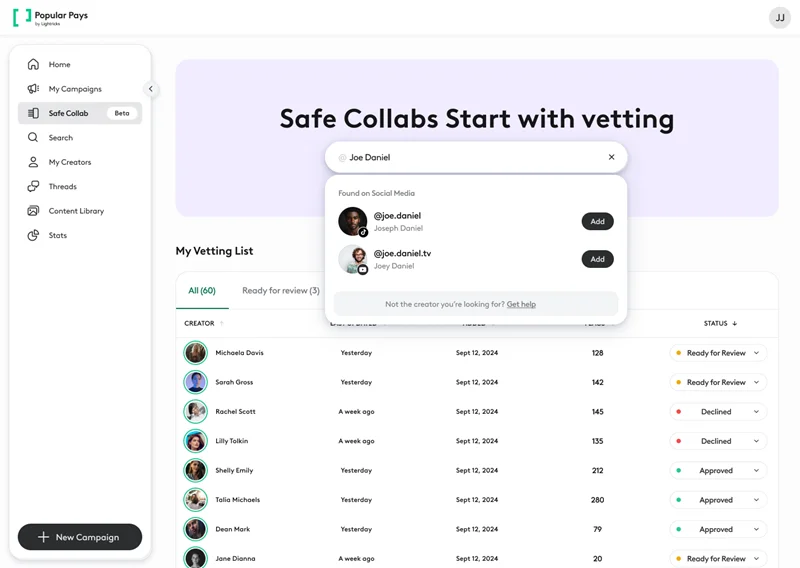
This tool enables brand marketers to make informed decisions about the partnerships they forge.
Creating Ad Campaigns with Ease
Social media ads have a high level of engagement because of the sheer number of people using these platforms. Beyond simply driving clicks, social media ads influence consumers’ purchasing decisions. Half of social media users say they’ve made a purchase after seeing an ad.
A social media ad campaign is, therefore, a worthy investment. Its cost may vary from a few dollars to thousands, depending on the platform and marketing budget. Moreover, marketers need to invest effort in creating relevant and targeted ads that appeal to their audiences. Delivering a top-notch experience hinges on ensuring the right frequency, relevancy, and diversity of these ads.
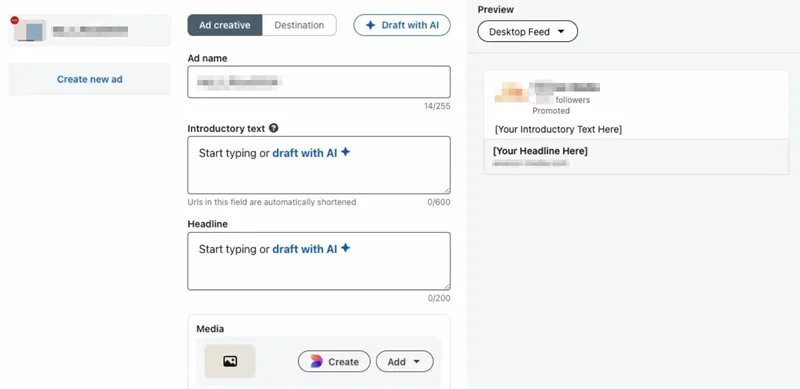
While this may seem complex, AI can simplify the process of creating targeted ad campaigns. LinkedIn’s AI ad generator tool is an example. It helps marketers to design ads tailored to specific audiences by digging deep into user data and preferences. This automation saves time and enhances the effectiveness of advertising efforts by ensuring that ads resonate with the intended audience.
Enhancing Social Listening and Sentiment Analysis
Social media campaigns do not succeed by chance. They require an in-depth analysis of what works and fine-tuning content according to audience response. Brands investing in social listening and sentiment analysis get a head start. This involves interpreting the emotions that inform people’s posted reactions, which can be tricky, given all the nuances often involved.
A careful analysis gives actionable insights into public opinion about a product or brand by assessing the sentiment behind social media mentions, whether it is positive, negative, or neutral. Based on these insights, brands can undertake initiatives for product improvement, competitor strategy, and reputation management.
Amazon, the global online retail leader, is the best example of brands using social listening strategies to enhance customer experience. Amazon’s algorithms use monitoring tools and social media data to predict customer expectations. With these insights, they display relevant products to individuals when they next visit the Amazon website.
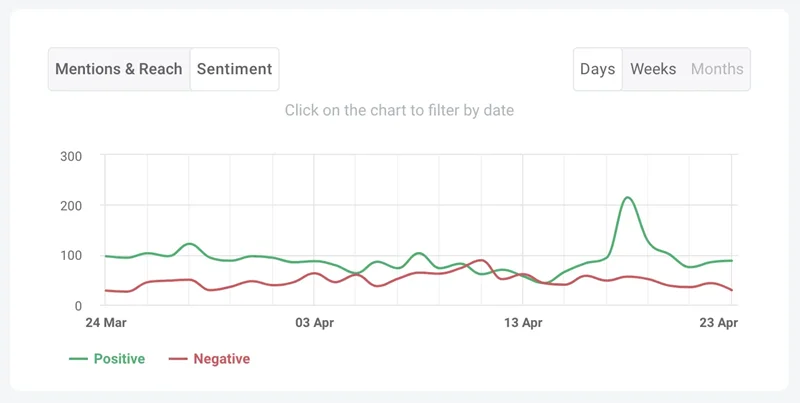
Tools like Brand24 utilize AI to help in monitoring social media conversations, analyzing user sentiment, and identifying trends in real time. Brands can respond proactively to customer feedback based on these insights and adjust their strategies accordingly. This can enable them to foster a more engaged community in the long run.
What’s Next
The growing use of AI in social media marketing opens new opportunities for brands looking to maximize the results of their marketing efforts. Marketers can now ease every step of the journey with these tools and platforms.
As these technologies continue to evolve in 2025, their role in shaping the future of social media marketing is becoming even more important. If you want to win with every social media campaign, AI is the tool you must have in your marketing arsenal.


